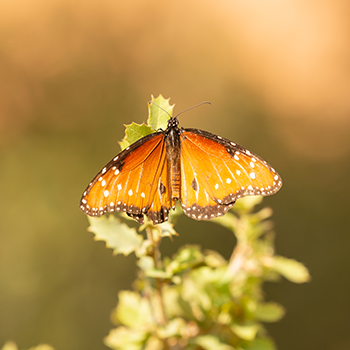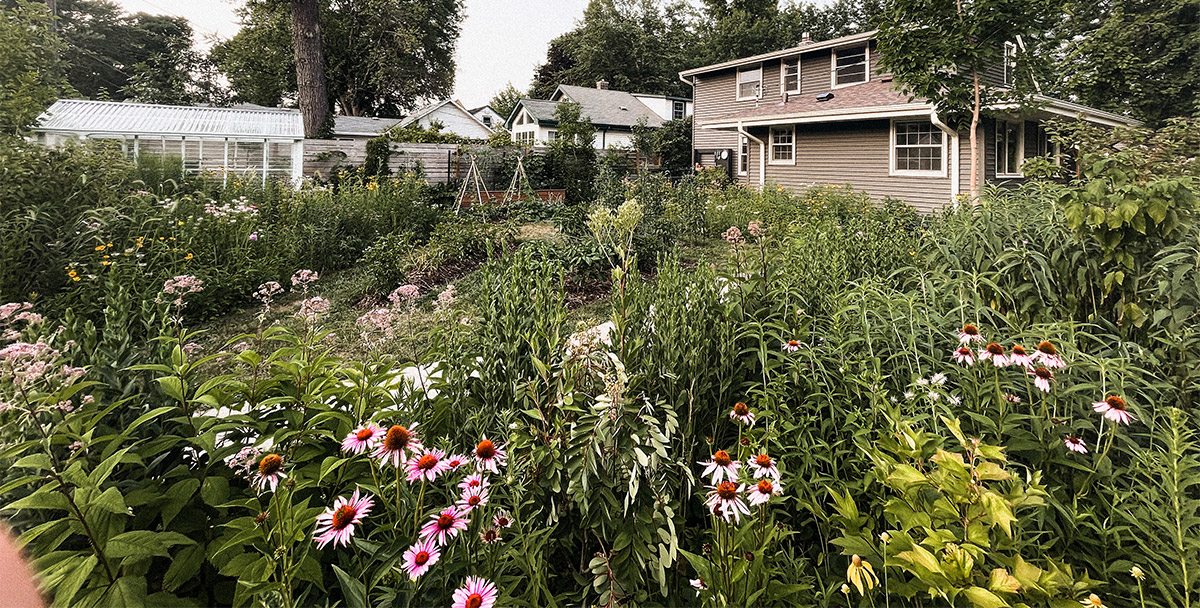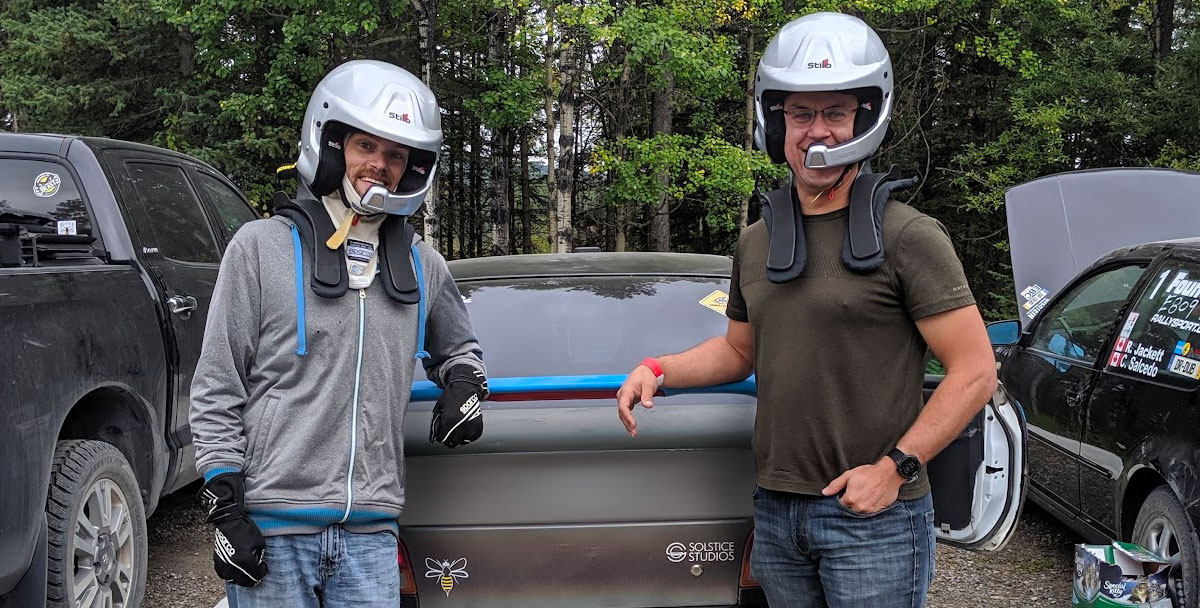Whale Watching on the Oregon Coast
My story takes me to the northern Oregon Coast. I first started as a host for Whale Watching Spoken Here®, an organized onshore whale watching program, choosing the Cape Meares lighthouse site.
This involved standing outside for three hours in the unpredictable coastal storms during migration times – which just happen to be when the weather is the worst, March and December! I stood through some of the craziest storms. But I had a blast helping many first-time Oregon coast visitors locate gray whales by looking for a heart-shaped spout of water.
More recently, I took my volunteer experience and joined Coastal Observation and Seabird Survey Team. I adopted Short Beach; once a month, I survey the beach looking for marine birds and documenting the ever-changing beach landscape. The data is used to help monitor the health of our coastal beaches and communities.
My survey involves walking the beach and collecting data and pictures of what I find. This includes the number of people and dogs, the type of beach (i.e., sand vs. rock), and anything else worth documenting and sharing.
I have met so many awesome people on my volunteer trips and made many great memories. I cannot wait to see what next exciting opportunity finds it my way.
– Katie Buckles
2021 Forester
Rockaway Beach, Oregon

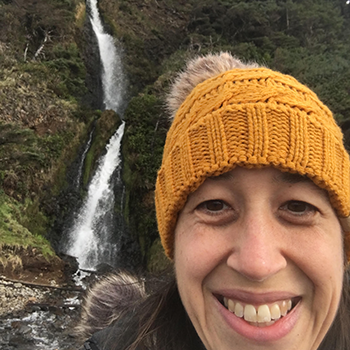
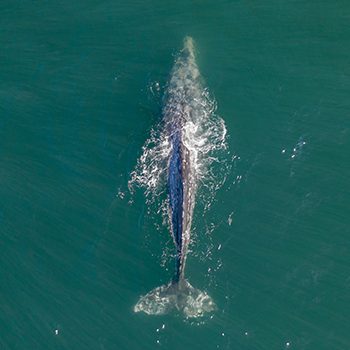
Collecting Data on Alabama’s Cahaba River
In 2009, we founded the Cahaba Riverkeeper in central Alabama because we realized that despite having a suburban river with the most fish per mile in the United States, including several threatened and endangered species, no one was consistently collecting scientific data about water quality and the current impacts to an ecosystem that many regard as a national treasure.
After almost 15 years, we have collected more data than has ever been collected before on the Cahaba River, from analyzing bacteriological results at favorite swimming holes all summer, to collecting water samples to identify the concentration of microplastics or looking for what fish species remain after years of development in the watershed by using their DNA profiles.
I bought my 2019 Subaru Crosstrek so that I could navigate the sometimes rough back roads along the river to access sampling points while also having a low enough clearance to duck under low-hanging vegetation.
Yet my vehicle, named “Cahabaru 2” (after the original Cahabaru Tribeca), is still a fun around-town ride, and I sometimes drive it like a WRX.
– Shaun Crawford
2019 Crosstrek
Birmingham, Alabama

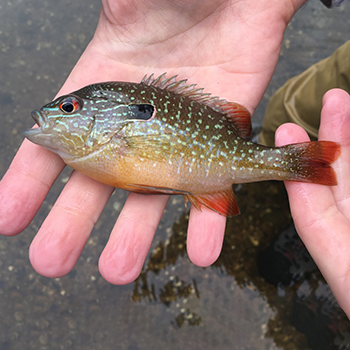
Supporting Utah’s Birds, Bugs and Butterflies
In 2019, I became the director of a small nonprofit nature center in Logan, Utah. From crafting programs to encourage nature stewardship to doing those activities myself, I am proud to have an active role in preserving, protecting and documenting the world around me.
Highlights include traipsing through knee-deep snow in a winter bird count, using the iNaturalist app to identify plants and animals in my new neighborhood, and building a bee box for solitary bees in my backyard.
In 2020, I found 10 caterpillars on the milkweed in my yard. I covered and monitored them. When they emerged from their chrysalis, I photographed, tagged and tested each one for parasites before watching them take off. Those monarchs were found in California and Mexico, helping researchers understand more about their migration.
Growing up in the South, “lightning bugs” were common; however, in the West it is a less well-known species and is harder to find. When I started at the center, we reimagined our popular firefly tours into an engaging citizen science experience. We equip participants with the tools to document sightings and improve the ecosystem lightning bugs need to thrive.
– Kendra Penry
2009 Forester
Providence, Utah
